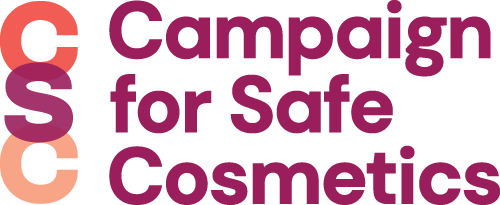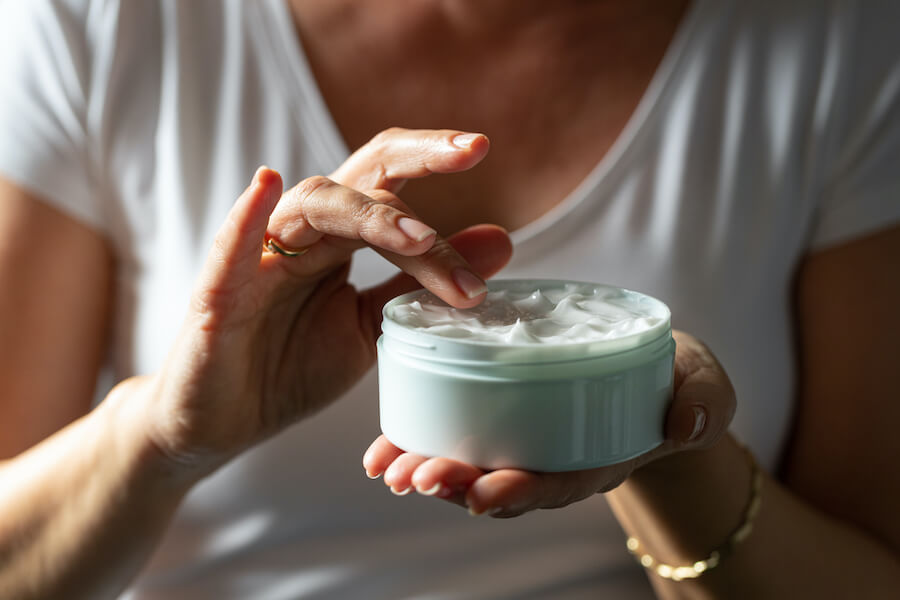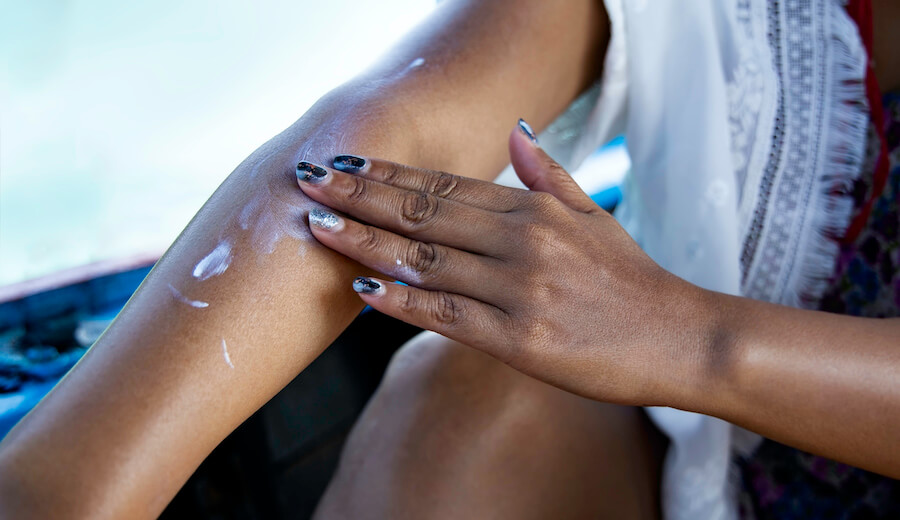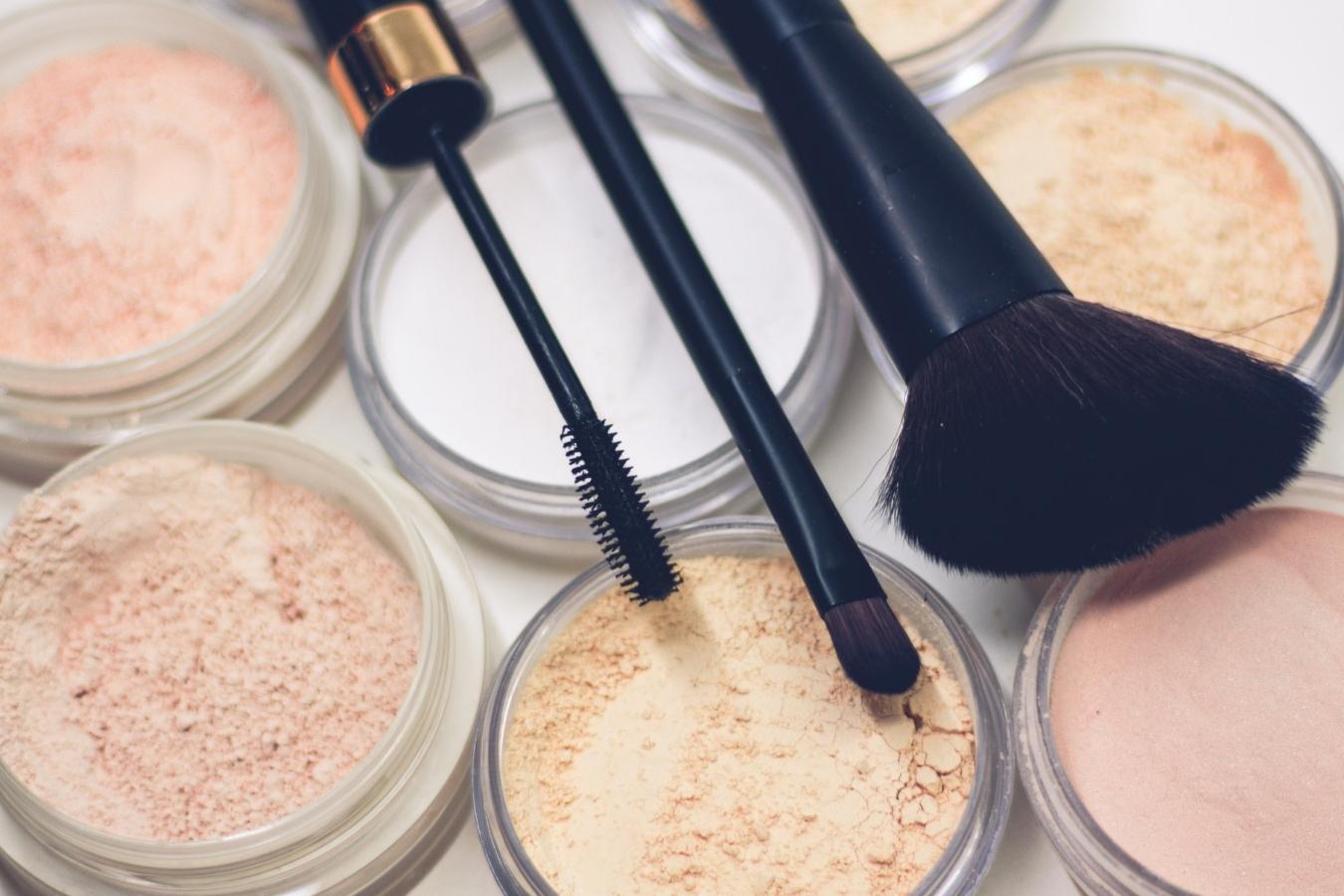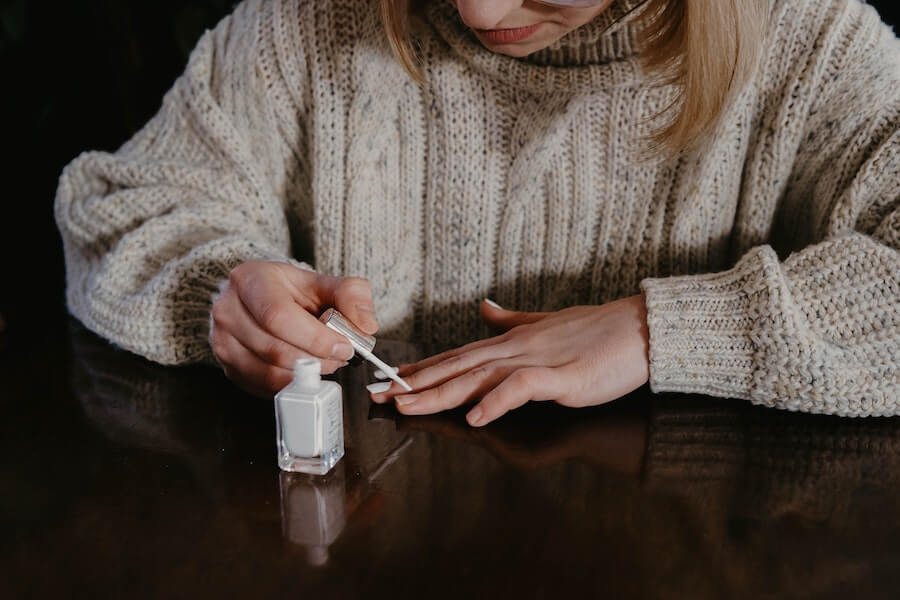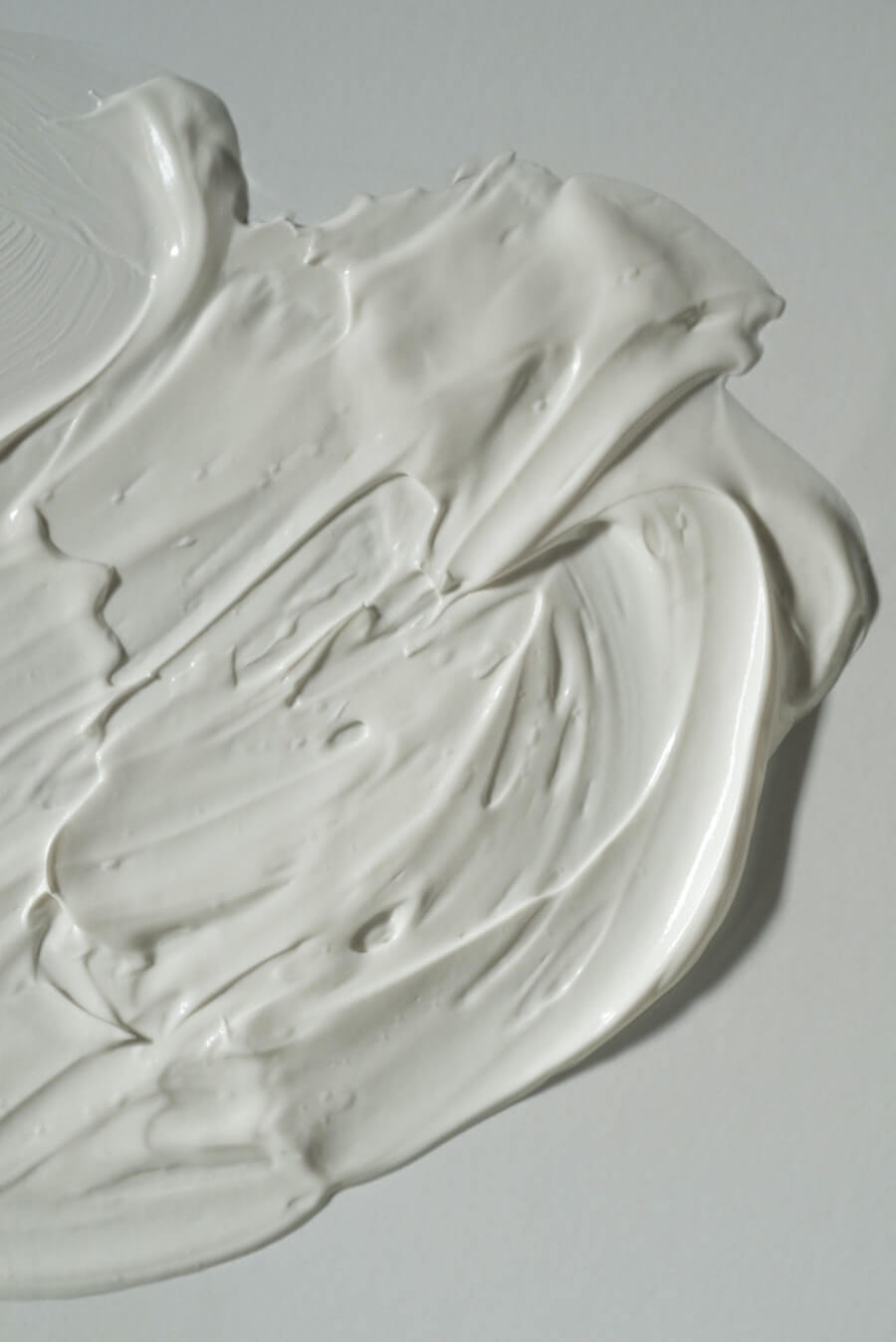WHAT IS RETINOL?
Natural vitamin A and its derivatives have important roles in human reproduction and development and in maintaining good vision and healthy skin.[1]
People must consume enough vitamin A from their diet to be healthy.
All-trans retinol (retinol, vitamin A) is obtained in the diet from plant or animal sources.[2] Retinoic acid is the most active biological form of vitamin A and retinyl palmitate is the major storage form of vitamin A in the skin.[3] In cosmetics, natural and synthetic retinol and retinol derivatives are used as skin conditioners and anti-acne agents in a variety of moisturizers, lotions and anti-aging creams.[4]
